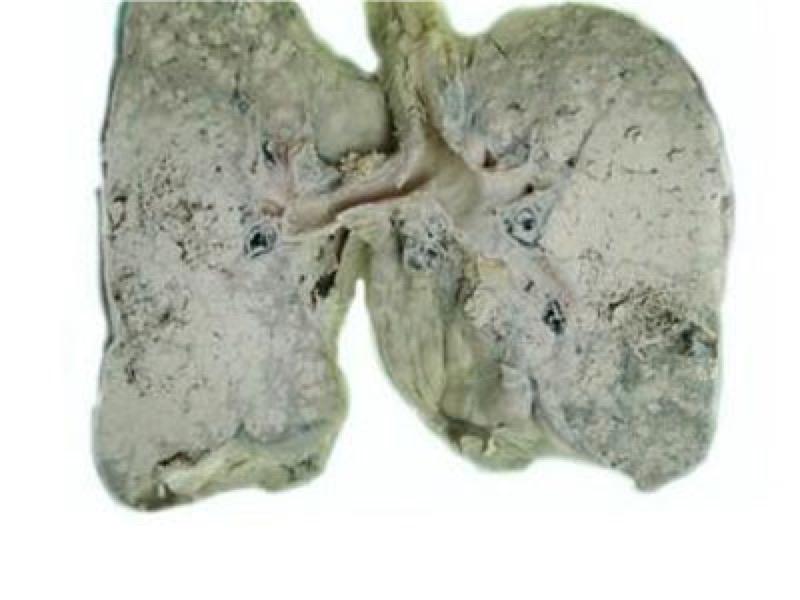What are the symptoms of prostate cancer
What are the symptoms of prostate cancer? Prostate cancer refers to an epithelial malignant tumor that occurs in the prostate. The pathological types of prostate cancer include adenocarcinoma (acinar adenocarcinoma), ductal adenocarcinoma, urothelial carcinoma, and squamous cell carcinoma. 1. Adenosquamous carcinoma, of which prostate adenocarcinoma accounts for more than 95%. Therefore, it is usually referred to as "prostate cancer".

The incidence of prostate cancer in men The proportion of malignant tumor incidence is higher. In general, the incidence of prostate cancer increases with the age of men, and it is less common before 55 years of age. The age of onset of patients with familial inherited prostate cancer is earlier, and about half of them develop the disease before the age of 55.
The early symptoms of prostate cancer include frequent urination, urgency, and dysuria, similar to prostatitis.
1. Difficulty urinating, frequent urination, and urgency
Prostate cancer symptoms are difficulty urinating, thinning or urinary flow deflection, or bifurcation of urinary flow, prolonged urination , Frequent urination, urgency, dysuria, incontinence, etc. In severe cases, urine drips and urinary retention occurs. Tumor compression of the rectum can cause difficulty in bowel movements or intestinal obstruction. It can also compress the vas deferens and cause ejaculation deficiency. The compression of the nerves causes pain in the perineum and can radiate to the sciatic nerve.
2. Pain in the waist, hips, hips
Pain in the waist, sacrums, hips, hips, pelvis, sciatica are common pain symptoms of prostate cancer.
3. Lymph node metastasis
Symptoms of prostate cancer mostly occur in the intra- and extra-iliac regions, the waist, and the groin, which can cause lymphadenopathy and swelling of the lower limbs in the corresponding parts. Prostate cancer is often prone to bone metastases, causing bone pain or pathological fractures and paraplegia. Prostate cancer can also invade the bone marrow to cause anemia or a reduction in whole blood.
4. Systemic symptoms
As the disease progresses, due to pain affecting diet, sleep and mentality, after a long period of torture, the patient''s body is gradually weakening, losing weight and fatigue, and may even be concurrent with progress Anemia, cachexia, or renal failure.
Related Articles

- Early Signs of Bladder Cancer
- What are the early symptoms of bladder cancer?
- 2020-12-17

- How to prevent depression
- How to prevent depression?
- 2020-12-17

- Early symptoms of lung cancer
- 2020-12-17

- Symptoms of depression
- What are the symptoms of depression?
- 2020-12-17

- Drinking water can prevent heat stroke
- Actually, the hot weather is not the direct cause of heat stroke. Heat stroke is mostly caused by sweating caused by heat. Under the high temperature in summer, the body sweats tens of tim
- 2020-08-03

- Office workers should beware of cervical spondylosis
- Cervical spondylopathy is mainly caused by degeneration of cervical intervertebral disc and hyperostosis of cervical spine, with neck and shoulder pain, numbness of upper extremities and d
- 2020-08-03
